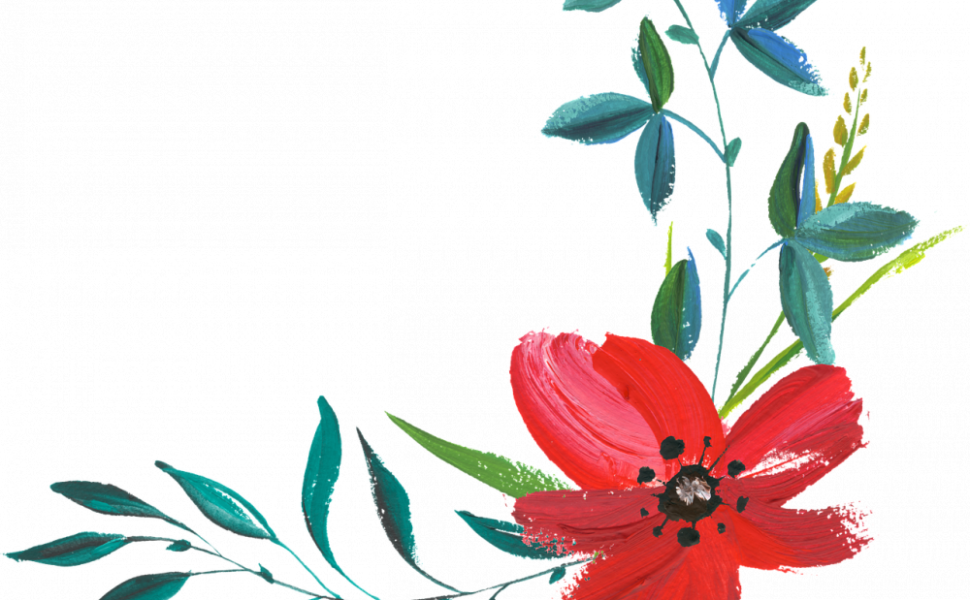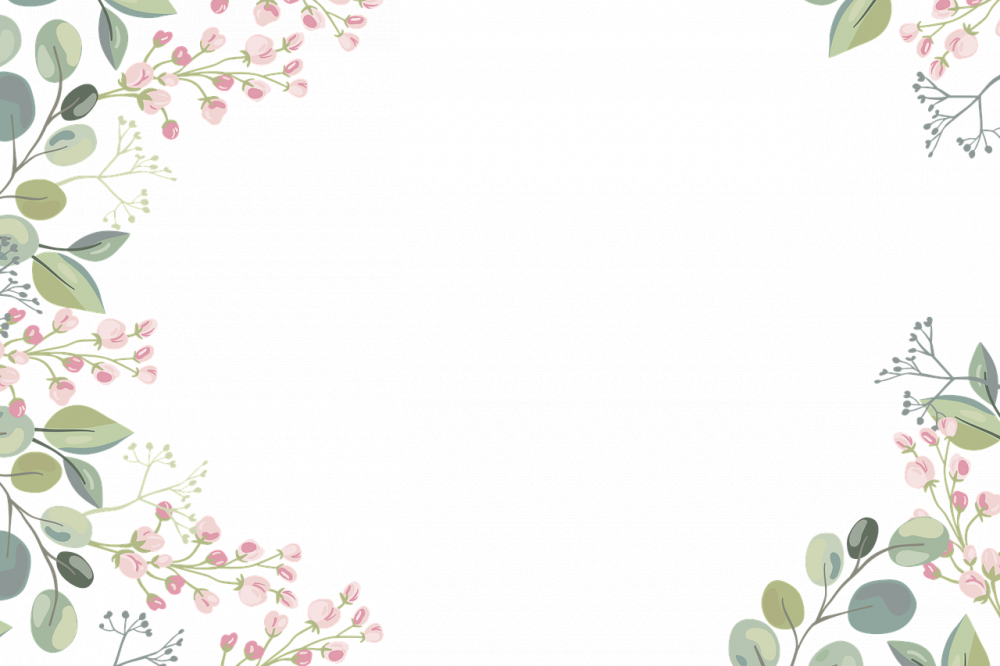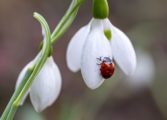Trailing Queen Palettblad: A Comprehensive Guide

Trailing Queen Palettblad – An Overview
Introduction:

Trailing Queen Palettblad, scientifically known as Alternanthera dentata, is a popular ornamental plant native to South America. This vibrant and versatile plant has captured the hearts of many gardening enthusiasts due to its stunning foliage and versatile nature. In this article, we will provide a detailed overview of trailing queen palettblad, covering its various types, popular varieties, quantitative measurements, differences between different cultivars, and a historical analysis of its advantages and disadvantages.
Understanding Trailing Queen Palettblad
1. What is Trailing Queen Palettblad?
Trailing Queen Palettblad is a trailing plant that belongs to the family Amaranthaceae. It is known for its attractive, lance-shaped leaves that come in a variety of colors, including shades of green, burgundy, and purple. This plant is often grown as an annual, but it can also be grown as a perennial in suitable climates.
2. Types of Trailing Queen Palettblad
a) ’Red Threads’: This variety features narrow, thread-like leaves in a vibrant shade of deep red. It is highly sought after for its striking appearance and is often used as a focal point in garden beds or as a trailing element in hanging baskets.
b) ’Little Ruby’: With its compact growth habit and deep burgundy foliage, ’Little Ruby’ is a popular choice for containers and borders. Its small size makes it an ideal choice for smaller spaces or as a ground cover in larger gardens.
c) ’Purple Knight’: This cultivar is known for its large, ovate leaves in a rich shade of purple. It adds a bold, regal touch to any garden and is often used as a backdrop for other flowering plants.
3. Popular Varieties
Trailing Queen Palettblad offers a wide range of popular varieties, including ’Partytime’ with its green leaves splashed with pink and ’Brazilian Red Hot’ with its fiery red and orange foliage. These varieties provide endless options for creative garden designs and can be combined with other plants for a visually stunning display.
Quantitative Measurements of Trailing Queen Palettblad
1. Growth Rate
Trailing Queen Palettblad is known for its vigorous growth and trailing habit. On average, it can reach a height of 10-20 inches and spread up to 18-24 inches, making it an excellent choice for cascading over containers or walls.
2. Light Requirements
Trailing Queen Palettblad thrives in full sun to partial shade, although it may require some protection from intense afternoon sun in hot climates. It is important to provide the plant with the right amount of light to ensure optimal growth and vibrant foliage colors.
3. Watering and Maintenance
This plant prefers consistently moist soil, so regular watering is necessary to keep it healthy. However, it is important to avoid overwatering, as it can lead to root rot. Trailing Queen Palettblad also benefits from occasional pruning to maintain its shape and encourage new growth.
Differences Between Trailing Queen Palettblad Cultivars
While all Trailing Queen Palettblad cultivars share similar trailing habits and vibrant foliage, there are subtle differences in their leaf size, shape, and color intensity. Some cultivars have larger leaves, while others have more intense colors. These variations allow gardeners to select the perfect cultivar to suit their specific design preferences and complement other plants in their garden.
Historical Analysis of Advantages and Disadvantages
Trailing Queen Palettblad has gained popularity due to its numerous advantages. It is a low-maintenance plant, making it suitable for gardeners of all skill levels. Its vibrant foliage adds visual interest and can serve as a focal point in any garden design. Trailing Queen Palettblad also has the ability to attract pollinators, such as butterflies and bees, attracting more biodiversity to your garden.
However, it is essential to consider some potential disadvantages of Trailing Queen Palettblad. In regions with cold winters, it may not survive as a perennial and will need to be replanted each year. Additionally, certain cultivars may be sensitive to extreme heat or require specific soil conditions for optimal growth.
Conclusion:
Trailing Queen Palettblad is a versatile and visually stunning plant that can be enjoyed in various garden settings. Its trailing habit, vibrant foliage, and wide range of cultivars make it a popular choice among gardening enthusiasts. By understanding its various types, quantitative measurements, differences between cultivars, and historical advantages and disadvantages, gardeners can confidently integrate Trailing Queen Palettblad into their garden designs to create a striking and captivating landscape.
















































